“The Future of Science in the 21st Century: Science and Aerospace”
To bring together international experts representing several different EURASC disciplines in the context of scientific contributions to and challenges from aerospace, a technology in which Toulouse is a major centre, together with local scientists and engineers, in anticipation of mutual education and inspiration.
Speakers
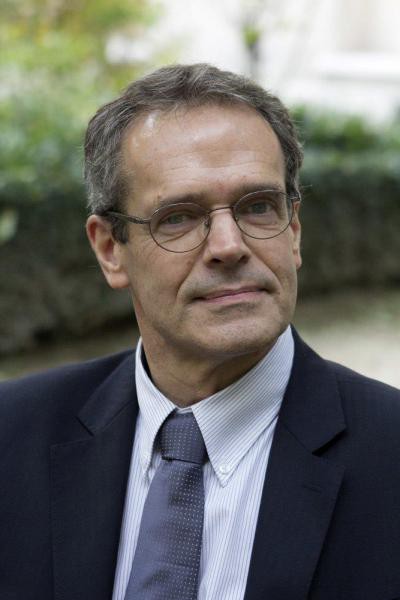
Professor Marc Mézard, France
“Statistical Physics and Information Theory : New Frontiers”
Since the emergence of information theory in the middle of the 20th century, this new scientific field has been deeply entangled with statistical physics, as attested from the beginning by the use of entropy to quantify information content. The talk will explore the major impact of these transdisciplinary exchanges on two research topics which are at the forefront of present research in information theory, and which play a key role in massive data acquisition, transmission, and analysis: error correcting codes in communication, and compressed sensing.

Professor Giorgio Palumbo, Italy
“How to see a black hole”
Black Holes were predicted as early as the nineteenth century but their existence has been proven only when X-Ray telescopes had access to space. X-Ray spectra have provided an indirect way to reconstruct the physical mechanism powering the most energetic cosmic sources in the Universe. Understanding Black Holes provides a natural laboratory for testing relativity under extreme gravity conditions, understanding the ultimate fate of stellar evolution of massive stars and eventually the end of the whole Universe. Construction of large X-Ray and Gamma-Ray telescopes, extremely sensitive imagers and detectors has contributed to the development of machines whose use spans from security screening to scanners for health control.
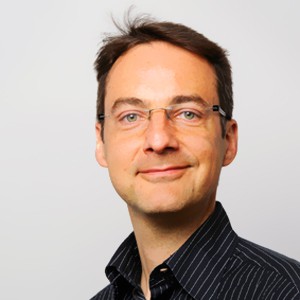
Doctor Hervé Dole, France
“Cosmological results of the Planck Mission”
Planck, the European Space Agency’s science cornerstone missions launched in 2009 dedicated to cosmology, has measured the relic radiation from the Big Bang (the Cosmic Microwave Background, or CMB) with improved sensitivity and resolution, in order to test theories on the birth and evolution of the Universe and its large-scale content. Last spring, we released the first cosmological results, which I will review. In particular, thanks to the best ever measured map of the CMB, we can improve our knowledge about the age, content and evolution of our Universe, as well as, for the first time, the very first moments (inflation) or the growth of structures. I will also mention the technological challenge (the HFI instrument is cooled at 0.1K in space) that made this mission a success.
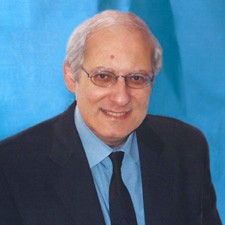
Professor Alberto Carpinteri, Italy
“Piezonuclear fision reactions from fracture and turbulence : the chemical evolution in the planets of the solar system”
Evidences from the planets of the Solar System are presented and interpreted in the light of piezonuclear fission reactions. In particular, results coming from different investigations are reported for the crust of Mars. They were made available by NASA’s space missions during the last fifteen years. The concentration increase in certain elements (Fe, Cl, and Ar) and the corresponding decrease in others (Ni and K), together with neutron emissions at Mars largest faults, should be considered as correlated phenomena. The findings presented provide a clear evidence of how seismic activity contributed to the Red Planet’s compositional evolution. Analogous evidences regard Mecury, Jupiter, and the Sun itself. The major compositional variations are interpreted according to piezonuclear fission reactions triggered by earthquakes in rocky planets and by turbulence in gaseous planets as well as in our star. These conjectures, which have been originated from the analysis of geological and geophysical evolution of the Earth’s crust, are based on recent evidence of neutron emissions during brittle fracture experiments carried out on inert non-radioactive rocks (granite, basalt, magnetite, marble).
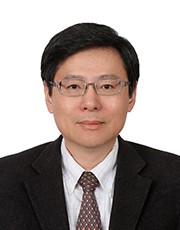
Prof. Ni-Bin Chang, China
“Monitoring water quality from space : a new frontier on satellite sensor fusion”
Urban growth and agricultural production have caused an influx of nutrients into many lakes and coastal bays, leading to eutrophic zones. These conditions result in the formation of algal blooms, some of which are toxic due to the presence of Microcystis (a cyanobacteria), which produces the hepatotoxin microcystin. Microcystis has a unique advantage over its competition as a result of the invasive zebra mussel population that filters algae out of the water column except for the toxic Microcystis. The toxin threatens human health and the ecosystem, and it is a concern for water treatment plants using the lake or coastal water as a tap water source. This presentation demonstrates the prototype of a near real-time early warning system using Integrated Data Fusion techniques with the aid of both hyperspectral (MERIS) and multispectral (MODIS and Landsat) remote sensing data to determine spatiotemporal microcystin concentrations. The temporal resolution of MODIS is fused with the higher spatial of MERIS and Landsat to create synthetic images on a daily basis. As a demonstration, the spatiotemporal distributions of microcystin within western Lake Erie are reconstructed using the band data from the fused products and applied machine-learning techniques. The performance of the models derived using fused hyperspectral and fused multispectral data are quantified using four statistical indices. The second task compared traditional two-band models against more complex genetic programming models for microcystin prediction. Analysis confirmed that genetic programs excel at accurately estimating microcystin concentrations in the lake, and the more detailed spectral reflectance data offered by hyperspectral sensors produces a noticeable increase in accuracy at low microcystin concentrations.
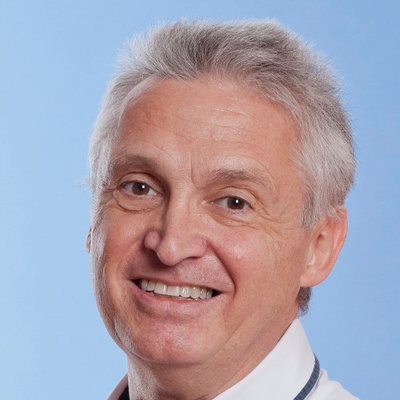
Prof. Yves Gourinat, France
“Dynamics of space structures & living systems”
This research is conducted in the frame of PhDs. They are devoted on one hand to the qualification of manned spacecraft, including dynamic ditching, structural ground landing and dynamic design of astronaut seats. On the other hand, they deal with terrestrial spinoff, (including the qualification of safety nets in dynamic sport, and dynamic modeling of the inner ear for pilots, astronauts and handicapped people, considering vestibular and cochlear analysis. These R&D will be presented in the general context of research at the Clement Institute Ader, and more specifically research devoted to the dynamics of aerospace structures (vibration and shock on aircraft and helicopter structures) and absorbing materials (active and passive dynamic control) and also in the frame of the developments linked with long-range spaceflight.

Mr. Marcos Kettner, Germany
“Development of high energy dense oxidizers for rocket propulsion”
Several new compounds with positive oxygen balances Ω were synthesized and characterized as potential high energy dense oxidizers for rocket propulsion. It was focused on molecules containing the trinitromethyl and fluorodinitromethyl moieties. The prepared materials were characterized thoroughly, and additional sensitivities towards impact and friction were determined. Furthermore the performances regarding the specific impulse Isp were estimated.
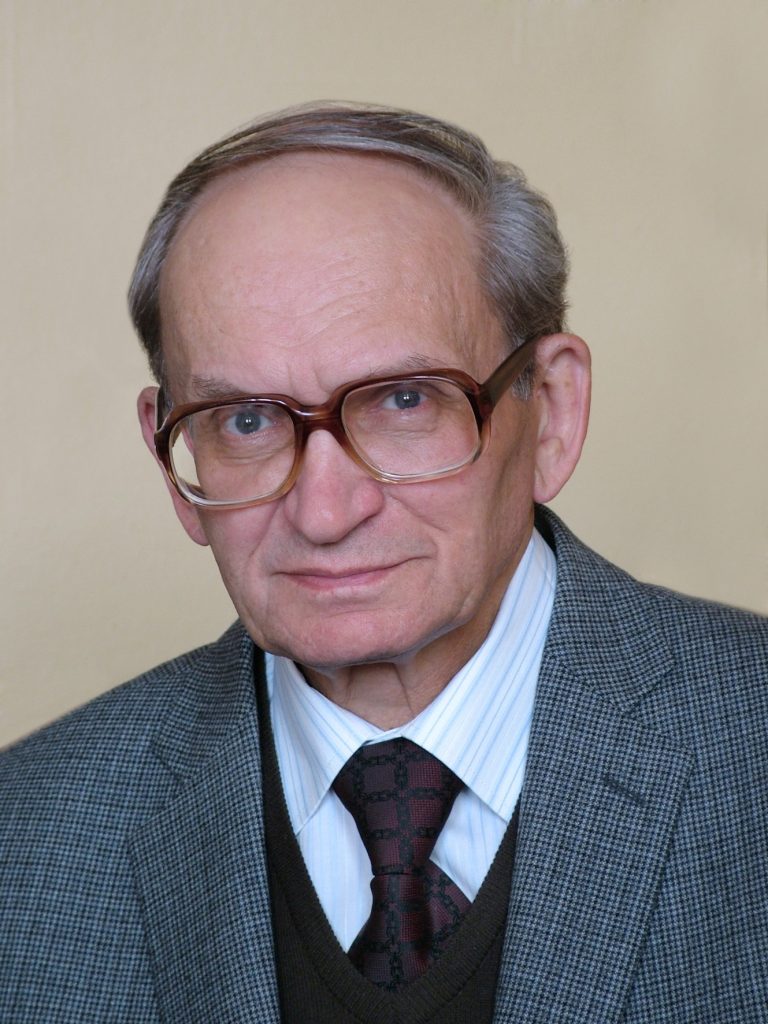
Prof. Robert Goldstein, Russia
“Challenges in fracture mechanics of materials and structures for aerospace”
Aerospace successes are largely related to the achievements of the mechanics of strength and fracture of materials and structures. Extreme conditions of aerospace structures operations and serious demands for them in terms of efficiency, safety and longevity require substantial led to development of a set of new approaches to testing, modeling and analysis of structural integrity. In particular, the concepts of fly-safety and damage tolerance have been introduced in engineering practice. Needs in design and construction of rockets promote development of new models and criteria of strength and fracture of different classes of materials and structures. Examples of the aforementioned approaches and concepts are given. Their evolution is discussed from the point of you of airspace future activities.
Gallery






















































